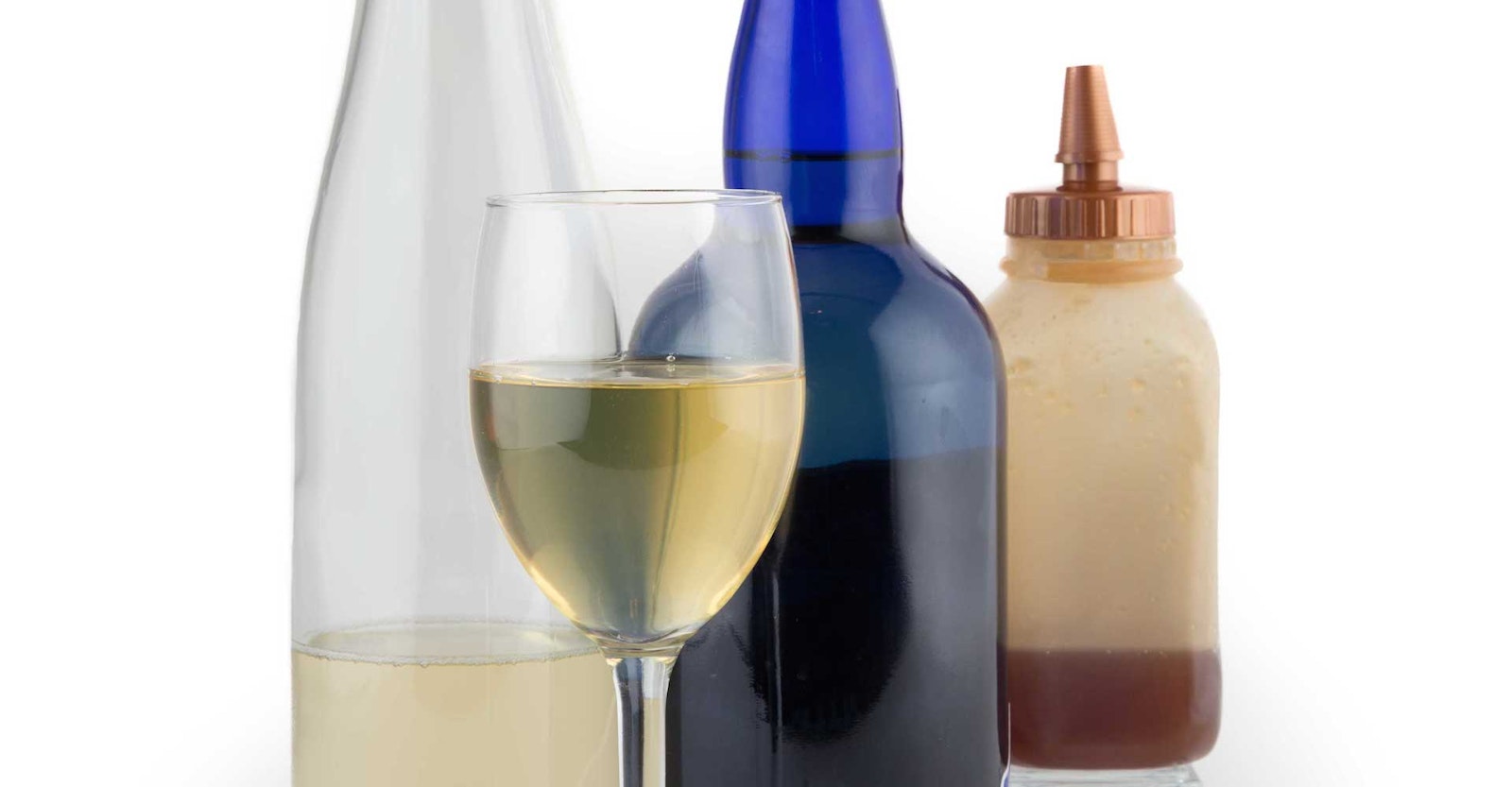This is the first style of mead I ever made and is still a favorite because it expresses the honey characteristics so well. It’s a great recipe for exploring and testing new honey, and the light sweetness can mask minor off-flavors, so it’s a great starter style.
OG: 1.120
FG: 1.015 (+/- 0.005)
ABV: 14%
INGREDIENTS
17 lb (7.7 kg) (approximately) quality honey
Sufficient water to produce 5 gal (19 l) total volume
Nutrients: 300 ppm yeast assimilable nitrogen (YAN). This is about 15 percent more nutrient than you need, but it should give you a good first batch. (For more about YAN, see “Mad for Mead, Part 2.”)
30.4 g Fermaid-O
20.3 g Fermaid-K
4 g DAP
6.25 g Go-Ferm
1 g potassium metabisulfite at bottling
YEAST
Lalvin ICV D47: 5 g
DIRECTIONS
Mix the honey and water together. Fill your carboy to 5 gallons (19 liters) total volume and then add the Fermaid-O to some water, stir into a slurry, and mix into the must. The Fermaid-O gives you about 100 ppm YAN of nutrient to start.
Mix the Go-Ferm with 3 fl oz/85 ml of water at 109°F (43°C). Once it is mostly mixed, leave the sanitized spoon in the mixture and sprinkle the yeast over the top. Put some plastic wrap over the top, let it sit for 15 minutes, then stir again, re-cover, and let sit for another 15 minutes or until the yeast is within 15°F (8°C) of the must. Add the rehydrated yeast to your carboy.
Ferment at 60–65°F (15–18°C). Make sure not to get above 68°F (20°C) as fusels are likely.
Once you start seeing little bubbles, it’s time for the staggered nutrient addition (SNA). (For more information about SNA, see “Mad for Mead, Part 2.”) This is generally within 24 hours, but sometimes as soon as 3 hours.
Do a simple 3-stage SNA. To prevent mead volcanoes, mix the nutrients with some must or boiled water before adding. (For more information about calculating sugar breaks, see “Mad for Mead, Part 2.”)
50% at the end of the lag phase—10.1 g Fermaid-K and 2 g DAP
30% at 16% sugar break (about 1.104)—6.1 g Fermaid-K and 1.2 g DAP
20% at 33% sugar break (about 1.084)— 4.1 g Fermaid-K and 0.8 g DAP
Stir twice a day for the first 50 percent of the fermentation (2–7 days), until the gravity reaches about 1.067.
BREWER’S NOTES
After fermentation, rack at least once, maybe twice: you want a very clear product at this point, you should be able to read newsprint through the carboy.
After 9 months, think about bottling. When bottling, add 1 g potassium metabisulfite to help prevent oxidation and refermentation in the bottle. This will provide about 30 ppm free SO2. Bottle age for at least 3 months.
Learn how to make great mead from start to finish with Craft Beer & Brewing Magazine®’s online course, How to Make Great Mead. In this introductory course, you’ll learn everything from formulating your mead recipes to sourcing and selecting the right honey to fermenting and aging your mead. SIGN UP TODAY!
PHOTO: MATT GRAVES

